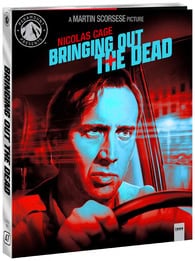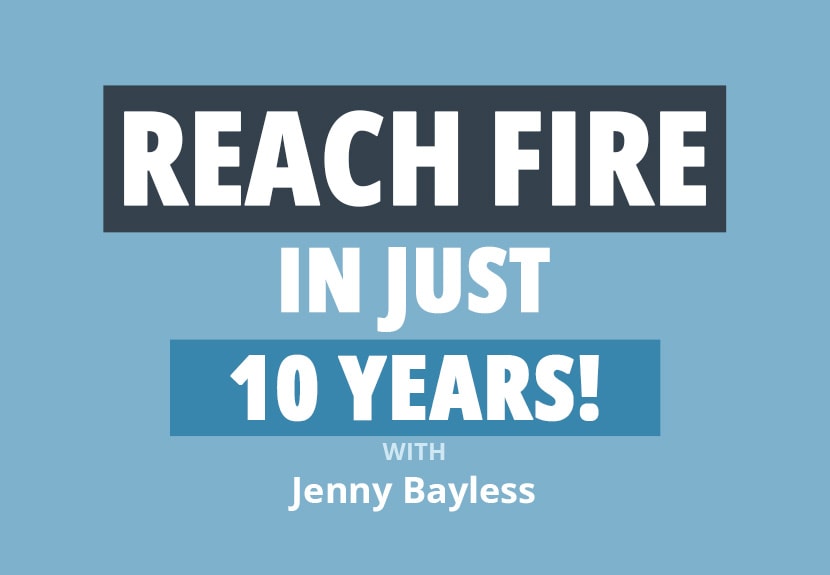The recently launched Partnership for Global Infrastructure and Investment (PGII)—a G-7 initiative to mobilize $600 billion in loans and grants for sustainable, quality infrastructure projects in developing and emerging economies—aims to provide much-needed investment toward achieving global development goals. G-7 leaders are not hiding their secondary motivation: regaining some of the influence that advanced democracies have yielded to China over a decade of its infrastructure investment through the Belt and Road Initiative (BRI). The level of funding pledged by PGII demonstrates a serious commitment to addressing the infrastructure needs of low- and middle-income countries, potentially on par to match that of BRI.
PGII is distinctive not just for the quantity of pledged investment, but also the quality. In launching PGII, the G-7 leaders repeatedly stated their goal to support “quality infrastructure” projects, that is, economically viable projects with transparent disclosures and low environmental, social, and governance (ESG) risks. Implied—and at times overtly stated—in this PGII characterization is its sharp contrast to BRI projects. The G-7 is betting that such investments will be more attractive to host-country governments than what China has been offering. Some past BRI projects gained international attention for environmental hazards, labor violations, corruption scandals, public protests, and unsustainable debt burdens in recipient countries. By offering quality, transparent investment opportunities, G-7 nations hope to build soft power in low- and middle-income countries.
There is a second reason that quality infrastructure is a fundamental component of PGII: Quality projects with low ESG risks are needed to attract private sector investors, which are key to PGII’s financing model. G-7 governments are not in a position to compete with China’s BRI through public spending. Due to rapidly expanding ESG investment funds, private-sector institutional investors—such as pension and insurance funds—have literally hundreds of billions of dollars available that could be invested in sustainable, low-risk investments. Yet these institutional investors have difficulty identifying “bankable” sustainable infrastructure projects with acceptable levels of risk in developing countries.
To attract private sector investments, the governments of the United States, Australia, and Japan are creating a quality infrastructure certification initiative called the Blue Dot Network (BDN). A BDN certification aims to provide a globally recognized certification—akin to a “Good Housekeeping Seal of Approval”—for infrastructure projects with low ESG risks, high debt transparency, and sustainable economic returns. The G-7 is banking on this certification of high-quality and low-ESG risks to provide the assurance that private investors need to attract them into PGII public-private partnerships.
It is not just governments that want to create global standards to attract private sector financing. A group of public- and private-sector financial institutions have joined forces to develop another initiative, FAST-Infra (Finance to Accelerate the Sustainable Transition-Infrastructure), which shares the goal of developing a global sustainable infrastructure label to de-risk private sector infrastructure investing. FAST-Infra’s Sustainable Infrastructure Label and BDN Certification standards can and should reinforce each other in the quest to crowd in more private sector investments to sustainable, quality infrastructure investments in developing and emerging economies.
So, what is the chance that PGII—with its high-quality standards and private sector investors—will draw developing and emerging economies into Western partnerships at the cost of their alliances with China? In other words, can PGII rebuild Western soft power by outcompeting BRI? Not likely. Several factors minimize the head-to-head competition.
First, while PGII’s pledged price tag is impressively large, there are no assurances that G7 governments will be able to make good on their commitments over five years, especially given current political volatility within most of the G-7 countries. Furthermore, these governments have no real control over whether the private sector will actually invest their share—which comprises the majority the PGII pledge—or that they will select sustainable projects. Additionally, the high-quality attributes that make the projects attractive also restrict the number and breadth of projects that can meet PGII’s requirements. Finding a sufficient supply of bankable projects without compromising standards will likely depend on substantial G-7 investments in technical assistance and capacity development—which is far from given.
Finally, even if the PGII initiative is able to mobilize the full $600 billion pledged, this sum is not likely to deter or displace Chinese investments. The infrastructure gap in developing countries is enormous, on the scale of tens of trillions of dollars. There is plenty of need and room for both. Most borrowing countries are eager to have multiple options. Thus, PGII versus BRI is a false dichotomy.
Ironically, if successful, PGII could achieve something potentially more meaningful than initially intended through its competition with BRI: a race to the top in quality infrastructure investments. While the Western narrative alleges that BRI investments are low quality and saddle countries with unsustainable debt, the reality is that China has already began evolving the quantity and quality of its infrastructure lending three years ago. In 2019, China dramatically diminished its overseas infrastructure investments, especially pulling back on the high-risk projects. That year at the BRI International Forum, President Xi Jinping emphasized his commitment to a “Green BRI.” The drivers of this change were manifold, including internal economic pressures, decreasing foreign currency reserves, and pressure from negative international publicity. The bottom line is that China could not continue to underwrite high-risk loans that were financially and politically costly.
China is still in the nascent stages of reimagining the Belt and Road version 2.0. The BRI International Green Coalition—a quasi-public entity that partners with international development and environmental organizations—issued a series of infrastructure investment guidelines starting in December 2020 known as the Green Development Guidance (GDG), including an environmental classification system (the “Traffic Light System”) that codes projects as green (beneficial), yellow (acceptable), or red (unacceptable) based on project characteristics and mitigation measures. These GDG standards fall far short of Western standards being pursued by BDN and FAST-Infra. Most significantly, GDG focuses solely on environmental impacts, leaving social and governance risks unaddressed. Their ultimate goals, however, are complementary and potentially compatible.
To date, the Green BRI remains mostly a paper concept, though the central government and many ministries are gradually incorporating voluntary guidance to Chinese lenders that promotes infrastructure projects that minimize climate, biodiversity, and pollution impacts. For China to credibly establish its newfound commitment to international environmental norms, it will need to proactively release information on which of its projects have sought GDG oversight and how they have scored. Currently, there is no way to track how many BRI projects seek classification according to the GDG, or how many BRI projects have been judged green, yellow or red. There is also no requirement in the Guidance for an independent auditor to verify BRI developers’ claims. Decision-making by the BRI remains opaque, and there are no real-time statistics available to measure the actual change in investment portfolio. (Of course government statistics would still need to be verified—perhaps by the organizations that currently compiles information on Chinese-funded projects such as AIDDATA or Boston University Global Development Policy Center.
If G-7 countries take serious action to fulfill their PGII commitments with its focus on high-quality, low-ESG risk infrastructure projects, China may respond by amplifying and improving its newly developed standards, as outlined in the GDG. As Guo Hai, a researcher at the Institute of Public Policy at the South China University of Technology, recently noted, “… China’s economy has a history of needing external forces to bring in reforms. Biden’s new plan might not be a bad thing for China’s [Belt and Road Initiative] or its domestic market.” This would be a race to the top that could benefit all parties.
















